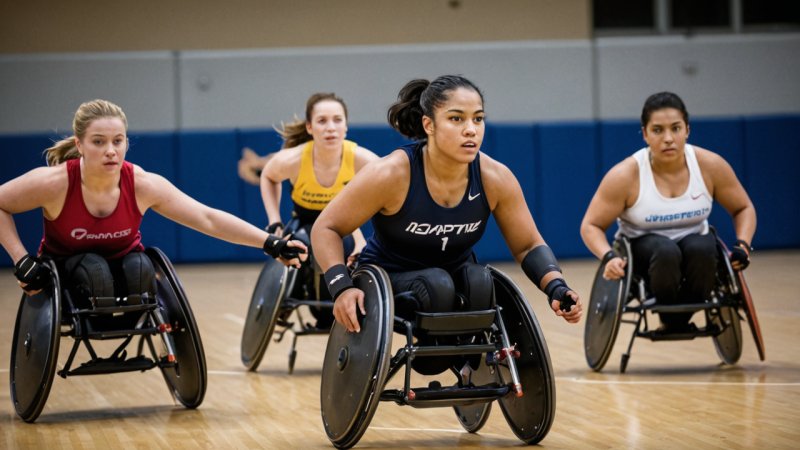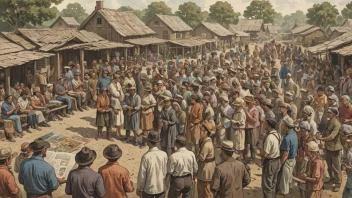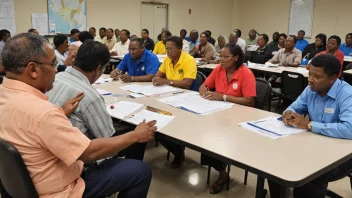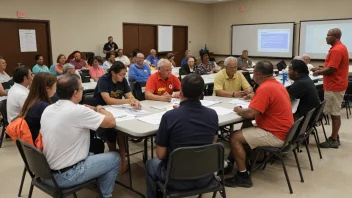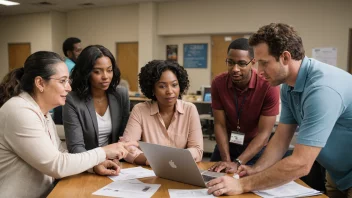Adaptive sports are more than just recreational activities; they are powerful tools for promoting health and wellbeing among individuals with disabilities. These sports provide opportunities for physical exercise, social interaction, and personal growth, helping athletes to enhance their physical, emotional, and social health. This article delves into the significance of adaptive sports, exploring their benefits, the challenges faced, and ways individuals and communities can get involved to support these initiatives.
Understanding Adaptive Sports
Adaptive sports are modified versions of traditional sports designed to enable athletes with disabilities to participate. These adaptations can include changes to the rules, equipment, and playing environments, making sports inclusive for everyone. Common adaptive sports include wheelchair basketball, sitting volleyball, adaptive rowing, and many others.
The Evolution of Adaptive Sports
The concept of adaptive sports emerged post-World War II, when veterans with disabilities sought ways to engage in physical activity. Pioneering organizations, such as the National Wheelchair Basketball Association (NWBA) and the International Paralympic Committee (IPC), have since played crucial roles in developing adaptive sports programs worldwide.
Health Benefits of Adaptive Sports
Engaging in adaptive sports can yield numerous health benefits, both physical and mental. Here are some key advantages:
Physical Health
- Improved Cardiovascular Fitness: Regular participation in adaptive sports enhances cardiovascular endurance, reducing the risk of heart disease.
- Increased Strength and Flexibility: Adaptive sports often involve strength training activities that build muscle and improve flexibility.
- Weight Management: Active participation aids in maintaining a healthy weight and preventing obesity.
- Enhanced Coordination and Balance: Many adaptive sports require coordination and balance, which can improve overall physical stability.
Mental Health
- Boosted Self-Esteem: Achieving goals in sports can significantly enhance self-confidence and self-worth.
- Reduced Anxiety and Depression: Physical activity is known to release endorphins, which can alleviate symptoms of anxiety and depression.
- Social Connections: Adaptive sports foster community and friendships, reducing feelings of isolation.
- Improved Focus and Cognitive Function: Engaging in sports can enhance concentration and cognitive abilities.
Social Benefits of Adaptive Sports
Beyond physical health, adaptive sports offer significant social benefits that contribute to overall wellbeing. These include:
Community Building
Adaptive sports create inclusive environments where individuals with disabilities can interact and form friendships. These communities often encourage mutual support and camaraderie, breaking down social barriers.
Awareness and Advocacy
Participation in adaptive sports raises awareness about disability issues and promotes advocacy for accessibility and inclusion in all areas of life. Events such as the Paralympics showcase the abilities of athletes with disabilities, challenging stereotypes and changing perceptions.
Challenges Facing Adaptive Sports
While adaptive sports have significant benefits, several challenges hinder their growth and accessibility:
Lack of Funding and Resources
Many adaptive sports programs struggle with limited funding, which affects the availability of equipment, facilities, and coaching. This lack of resources can make it difficult for individuals to access adaptive sports opportunities.
Awareness and Stigma
Despite growing recognition, there is still a lack of awareness about adaptive sports among the general public. Misconceptions and stigma surrounding disabilities can deter individuals from participating or supporting these initiatives.
Accessibility Issues
Many sports facilities remain inaccessible to individuals with disabilities, limiting their ability to participate in adaptive sports. Ensuring that venues are equipped and designed for inclusivity is crucial in overcoming this barrier.
How to Get Involved
There are numerous ways individuals and communities can support and promote adaptive sports:
Volunteer
Many adaptive sports organizations rely on volunteers to assist with coaching, organizing events, and providing administrative support. Volunteering offers a unique opportunity to learn about adaptive sports and make a positive impact.
Raise Awareness
Use social media platforms and community events to raise awareness about adaptive sports. Sharing stories of athletes and promoting upcoming events can help foster interest and participation.
Advocate for Accessibility
Encourage local governments and organizations to invest in accessible sports facilities and programs. Advocacy work can lead to policy changes that improve access to adaptive sports for everyone.
Participate
If you have a disability, consider trying out adaptive sports. Many organizations offer introductory sessions or clinics for beginners, making it easy to get involved.
Success Stories in Adaptive Sports
Highlighting individuals and programs that have successfully implemented adaptive sports can inspire others to take action. Here are a few notable examples:
The Paralympic Games
The Paralympic Games stand as the pinnacle of adaptive sports, showcasing the talents and determination of athletes with disabilities from around the world. The event not only highlights athletic excellence but also serves as a platform for advocating for disability rights.
Locally Driven Initiatives
Many communities have established local adaptive sports leagues, such as wheelchair basketball teams or adaptive sailing clubs. These grassroots efforts often create inclusive environments that empower individuals with disabilities to engage in sports.
Conclusion
Adaptive sports play a vital role in promoting health and wellbeing for individuals with disabilities. They offer numerous physical and mental health benefits, foster community, and challenge societal perceptions of disability. While challenges remain, there are many ways individuals and communities can support adaptive sports initiatives. By raising awareness, advocating for accessibility, and getting involved, everyone can contribute to a more inclusive society. As we move forward, let us recognize the importance of adaptive sports not just as a means of recreation, but as a powerful catalyst for change and empowerment.
